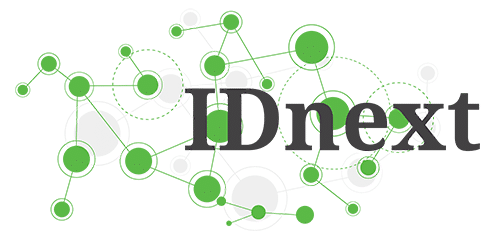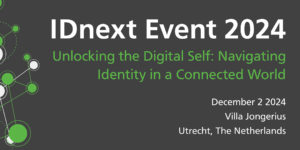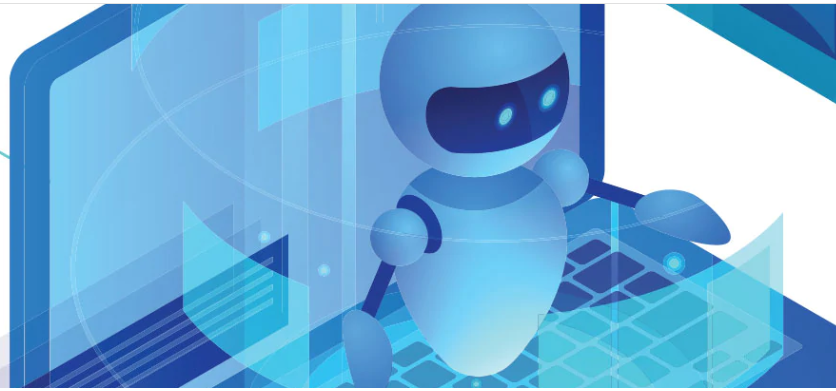Not too long ago, the term “digital worker” described a human employee with high digital skills. That was before the market defined it as a category of automated co-workers trained to do specific job tasks or execute business processes alongside their human colleagues.
Unfortunately, there’s no single, industry-wide definition of digital worker, which makes the concept harder to grasp and the potential impact on your business harder to forecast. There is some consensus among major robotic process automation (RPA) vendors when it comes to the concept of digital workforce: software-based labor that can perform specific tasks. But that definition is limited when you look at what’s available and what’s to come, technologically.
Digital worker defined
From the IBM Automation perspective, a digital worker is software-based labor that can independently execute meaningful parts of complex, end-to-end processes using multiple skills — skills that go beyond what RPA tools alone can offer. For example, a cash application digital worker may be able to autonomously perform parts of three traditional job roles — customer service representative, billing agent and cash applicator or dispute resolver — to perform an Order to Cash (OTC) process.
A digital worker represents labor, and labor requires skills. In this context, a skill is the application of one or more base capabilities, such as vision, natural language understanding or decision making. That skill is used to execute a specific job task, such as prioritizing work or preparing a report. Think of how a skilled radiologist or physician uses two base capabilities — vision and analytical reasoning (and years of experience) — to interpret an MRI image.
In sum, digital workers are multiskilled so they can execute across a reasonably useful scope of work and interact with humans to perform a sequence of tasks and activities that form a complete workflow. For example, you wouldn’t hire an administrator who could book meetings but couldn’t respond to emails. In the same vein, you wouldn’t want to create, say, an SAP administration digital worker who could monitor SAP but couldn’t create a ticket in Service Now or fix an issue it finds.
How do you get a digital worker?
You can go to a bot store and download what some RPA vendors call a digital worker, but these are still mostly simple, single task bots that can open a spreadsheet, download some data and post it into an ERP system. They don’t combine capabilities, such as document ingestion, natural language understanding or reasoning, from across the automation spectrum into the skills needed to execute end-to-end processes, such as OTC or Talent Acquisition (TA). Most bots aren’t true digital workers.
To help catapult productivity, most companies will need true digital workers to elevate and scale customer and employee experiences. And to get one, you’ll need to build it, get someone to build it for you or use digital workers from service providers “as a service.”
Below is an example of a digital worker IBM Automation Services created to support multiple clients in our business process outsourcing practice.
To read the full article on the IBM website please click here.







